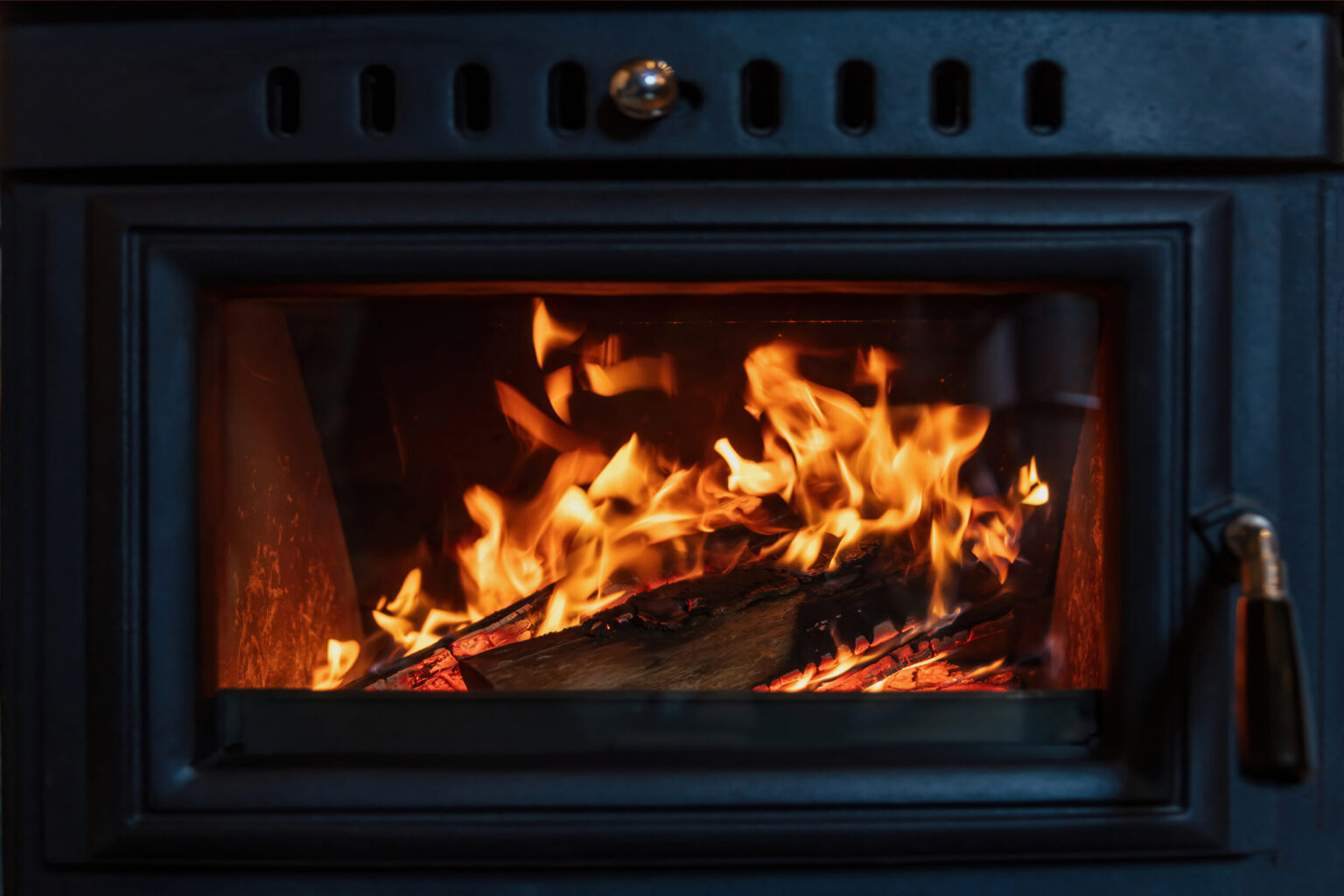Tell-Tale Signs That Your Furnace Is Going Bad
Almost every homeowner has experienced that dreadful moment when they realize their furnace isn’t functioning optimally during the cold winter months. Recognizing the signs of a deteriorating furnace can save you the discomfort of a chilly home and also prevent sudden and major repairs. Being aware of these signs could also indicate when it’s time for a furnace upgrade. Keep reading to find out more.
Recognizing the Age of Your Furnace

The age of your furnace could tell you a lot about its performance. Usually, the average lifespan of a furnace is around 15 to 20 years. If your furnace is nearing this age range, it may start showing signs of malfunctioning. Older furnaces are less efficient and can strain the overall HVAC system. Moreover, if it’s more than 20 years old, it’s usually better to consider a replacement over costly repairs. The manufacturing label on the furnace can give you an idea of its age. In case the date is not explicitly mentioned, you can infer it from the serial number.
Whenever you have a question about the lifespan of your HVAC system, you should call a professional, like the experts from furnace repair Asheville NC. HVAC systems are complex and can vary depending on factors such as the type of system, the quality of installation, and proper maintenance over time. A professional HVAC technician is trained and experienced in evaluating the condition of your system and can provide a reliable estimate of its remaining lifespan. They will conduct a thorough inspection, considering factors such as the age of the system, its condition, and any maintenance or repairs it may have undergone.
Unusual Sounds Emanating from Furnace

No furnace operates silently, but if you start noticing unusual sounds such as rumbling, popping, hissing, or screeching, it could be a sign of trouble. These sounds could indicate different issues. Rumbling might be due to unburned oil in the fire chamber, while popping sounds may signal issues with the ductwork. Hissing usually suggests a problem with the heat exchanger or a leaking air duct.
Screeching noises, on the other hand, could be due to problems with the motor belt or shaft bearings. In any case, such sounds should not be ignored and professionals should be sought at the earliest. If you try to ignore or overlook these sounds, the minor issues could soon escalate into major, costly repairs. Ignoring these issues can begin to impact your indoor air quality as well, which can have an impact on your health.
Increase in Energy Bills

Increased utility bills can be an indirect sign that your furnace is not functioning efficiently. As furnaces age, they tend to lose their efficiency due to sustained wear and tear and you’ll likely notice a gradual increase in your energy bills. Furthermore, inefficient furnaces have to work harder to maintain your desired temperature, which directly increases energy usage. Installing a new, energy-efficient furnace could help save these extra costs. You should also take other steps to reduce your heating and cooling costs when possible.
If the increase in your utility bills is sudden and substantial, it could indicate a serious issue with the furnace which requires immediate inspection. Additionally, if your furnace has a low Annual Fuel Utilization Efficiency (AFUE) rating, it could be time for an upgrade.
Frequent Repairs: A Sign of Concern

Finally, if your furnace constantly needs repairs, it’s a clear indication of its deteriorating condition. Frequent repairs not only cause inconvenience but are also financially draining in the long run. A furnace that operates smoothly shouldn’t need repair services more than once a year. If this is not the case, consider replacing the system. Besides the financial aspect, frequent malfunctions could indicate that your furnace is on the brink of a major breakdown which could leave you stranded in cold weather. Remember, it’s always better to invest in a new furnace rather than constantly spending money fixing the old one.
As you can see, by keeping an eye on the factors mentioned above and promptly addressing any arising issues, you can extend your furnace’s lifespan and avoid major malfunctions. When considering your options, always factor in the potential longer-term savings of replacing your old furnace with a new, more efficient unit. Follow our advice and you can trust that you’re taking the best possible care of your furnace.






